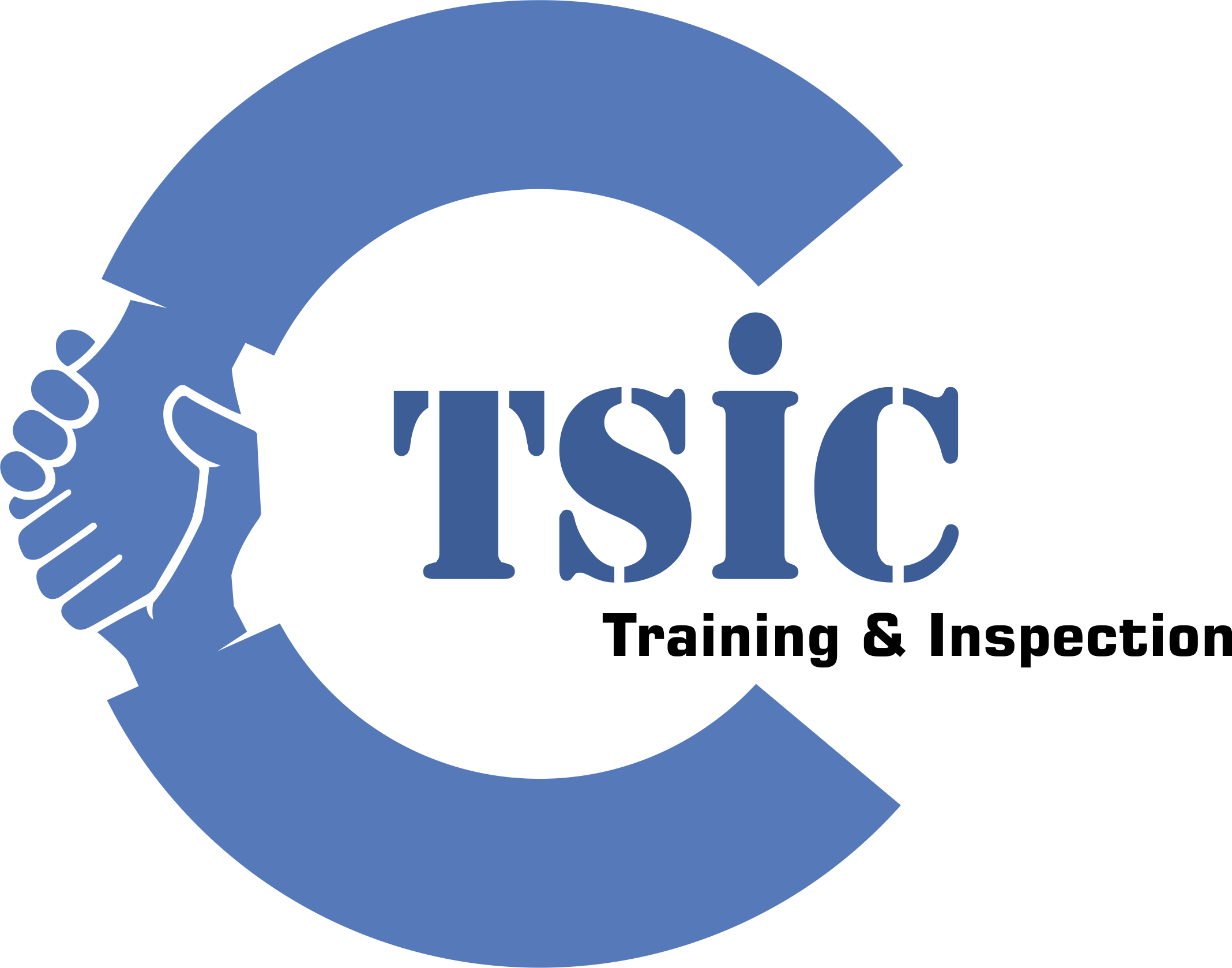In some cases, the financier may also provide cash debits retroactively if invoices are fully collected. A business receives capital as a cash asset replacing the value of the accounts receivable on the balance sheet. A business may also need to take a write-off for any unfinanced balances which would vary depending on the principal to value ratio agreed on in the deal. Factoring receivables is usually much simpler than applying for a business loan.
Pros and cons of invoice factoring
Triumph Business Capital specializes in invoice factoring for the trucking industry. Its website doesn’t clarify its cash advance rates or factoring fees, but does say that applications are typically processed within 24 hours. You’ll sell the invoices to your factoring company, which offers an 80% advance rate with a 3% factoring fee. When a company engages in factoring, the factoring company evaluates and monitors the company’s customers’ credit. This reduces the company’s exposure to late payments, defaults, and bad debts.
Will I qualify for accounts receivable factoring?
Recourse factoring means your company is liable if your customers default on their invoices. In non-recourse factoring, you don’t have to pay if your customers default due to specific reasons such as bankruptcy. https://getbestdrone.com/drone-expertise-makes-use-of-and-purposes-for-business-industrial-and-military-drones-in-2020-and-the-longer-term/ Non-recourse factoring is more expensive, but the added protection might make it worth it. With invoice factoring, an external company becomes responsible for pursuing and collecting payment from clients.
Everything You Need To Build Your Accounting Skills
Factoring only uses invoices as collateral, so you don’t have to surrender business-critical assets if your business starts to struggle. Factoring invoices is an excellent option for companies that are pursuing an aggressive growth stage, as it can scale with your business. As long as your clients have good credit, you can increase the number of factors your business maintains. One of XYZ’s customers, ABC Corporation, has an outstanding balance of $10,000. Trade credit is one of the largest sources of financing utilized in the United States in general, and perhaps the biggest source of financing utilized by businesses. And in many industries, factoring receivables is a preferred way to access capital.
Factoring Accounts Receivable
The benefit of factoring is that the manufacturer handles the default risk instead of the enterprise. Janet Schaaf is a freelance writer, editor and proofreader who considers reader advocacy to be her calling. After taking a few roads less traveled, Janet completed a bachelor’s degree in English Literature from the University of Missouri-Kansas City, with English Department Honors. She has been correcting grammar and checking facts since she could string a sentence together. For the past three years, Janet has focused on making personal finance topics understandable and relatable. Loan terms and credit card agreements can look overwhelming, but understanding what you’re agreeing to is paramount in grasping the impact debt can have on your life.
- Accounts receivable (AR) financing is a type of financing arrangement in which a company receives financing capital related to a portion of its accounts receivable.
- You can try automating your invoices, giving customers more ways to pay, and improving your collections team’s efforts.
- After taking a few roads less traveled, Janet completed a bachelor’s degree in English Literature from the University of Missouri-Kansas City, with English Department Honors.
- Invoice factoring enables you to convert unpaid invoices into cash for your business.
- In most transactions, the factoring company advances 80 – 95% of the factored amount the day the invoice is submitted.
- Let’s say a business has $100,000 in eligible accounts receivable and the advance rate is 80%.
This method can be similar to selling off portions of loans often done by banks. Determining whether factoring is a good investment for a company will depend on many things, including the specifics of the company—the type of business and its financial condition. The company selling the receivables transfers the risk of default by its customers to the factor. As a result, the factor must charge a https://www.ghazwa-e-hind.com/starting-your-own-online-jewelry-business.html fee to help compensate for that risk. Typically, a percentage of the receivable amount is kept by the factor; however, that percentage can vary, depending on the creditworthiness of the customers paying the receivables. Although the terms and conditions set by a factor can vary depending on its internal practices, the funds are often released to the seller of the receivables within 24 hours.
Additionally, your company assumes any and all bad debt incurred while working with a factoring company. Keep in mind that invoice factoring can be expensive, and there are other options, including business credit cards, that could offer lower rates depending on your business credit score profile. You will typically find accounts receivable factoring through specialized companies, like FundThrough or AltLINE. Factoring companies may also specialize in certain geographies or industries, like construction or trucking. Factoring costs can vary significantly, so reach out to multiple companies for a quote.
Cost of factoring receivables
Some may require that you factor all invoices, while others only require you to factor invoices for certain customers. Some factoring companies may instead only require a certain monthly dollar http://www.gorod54.ru/index.php?newsid=8302 volume of invoices. The balance of $240,000 will be forwarded by the factor to Clothing Manufacturers Inc. upon receipt of the $1 million accounts receivable invoice for Behemoth Co.
In addition, the company can utilize the money for commercial purposes now that it has it. It’s especially well-suited for companies with lengthy net terms but continuing operational costs or fresh expenses that assist in accelerating expansion. Restaurant loans help to cover operating costs, purchasing equipment and managing inventory. We endeavor to ensure that the information on this site is current and accurate but you should confirm any information with the product or service provider and read the information they can provide. Any opinions, analyses, reviews or recommendations expressed here are those of the author’s alone, and have not been reviewed, approved or otherwise endorsed by any financial institution.
